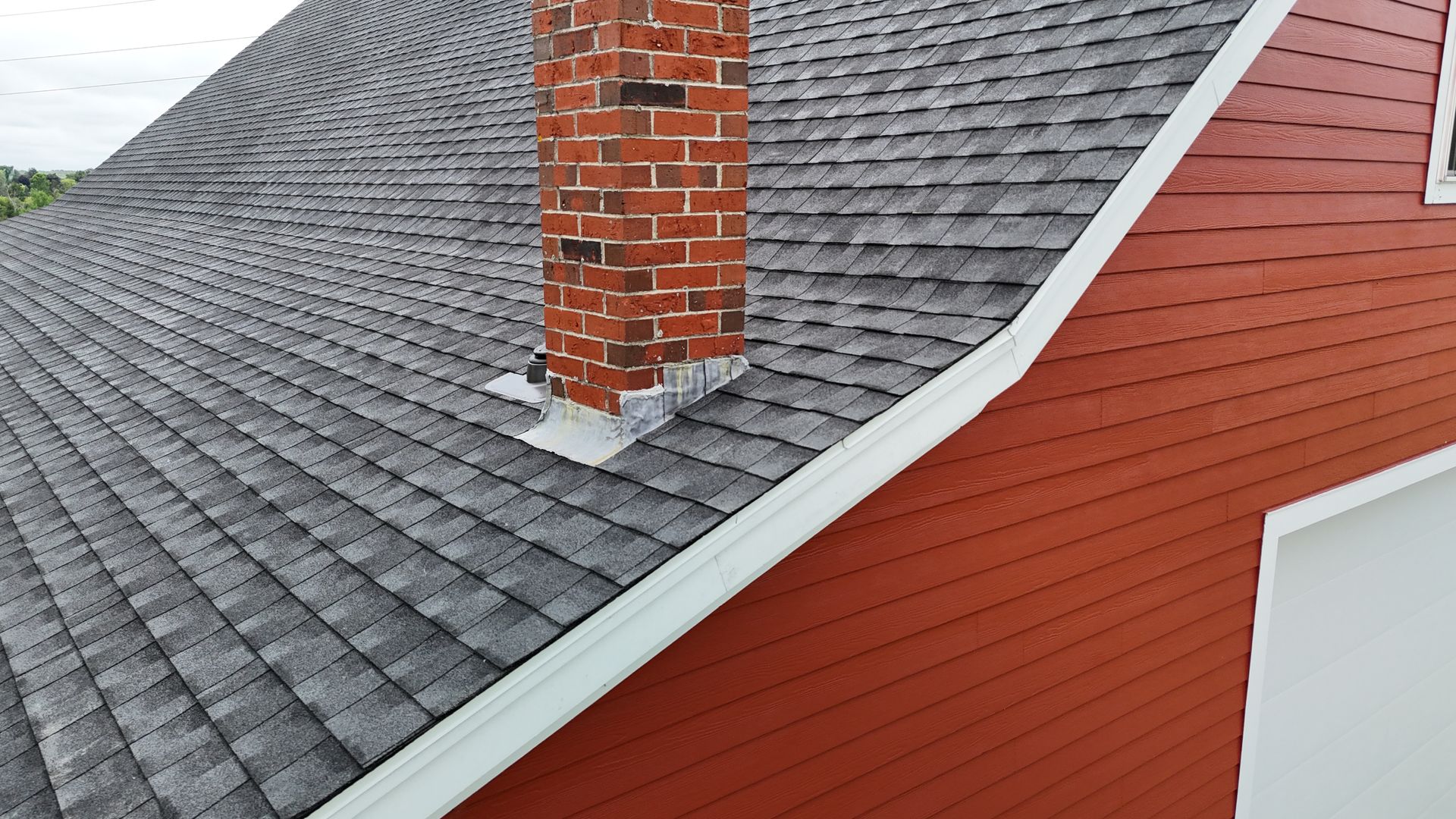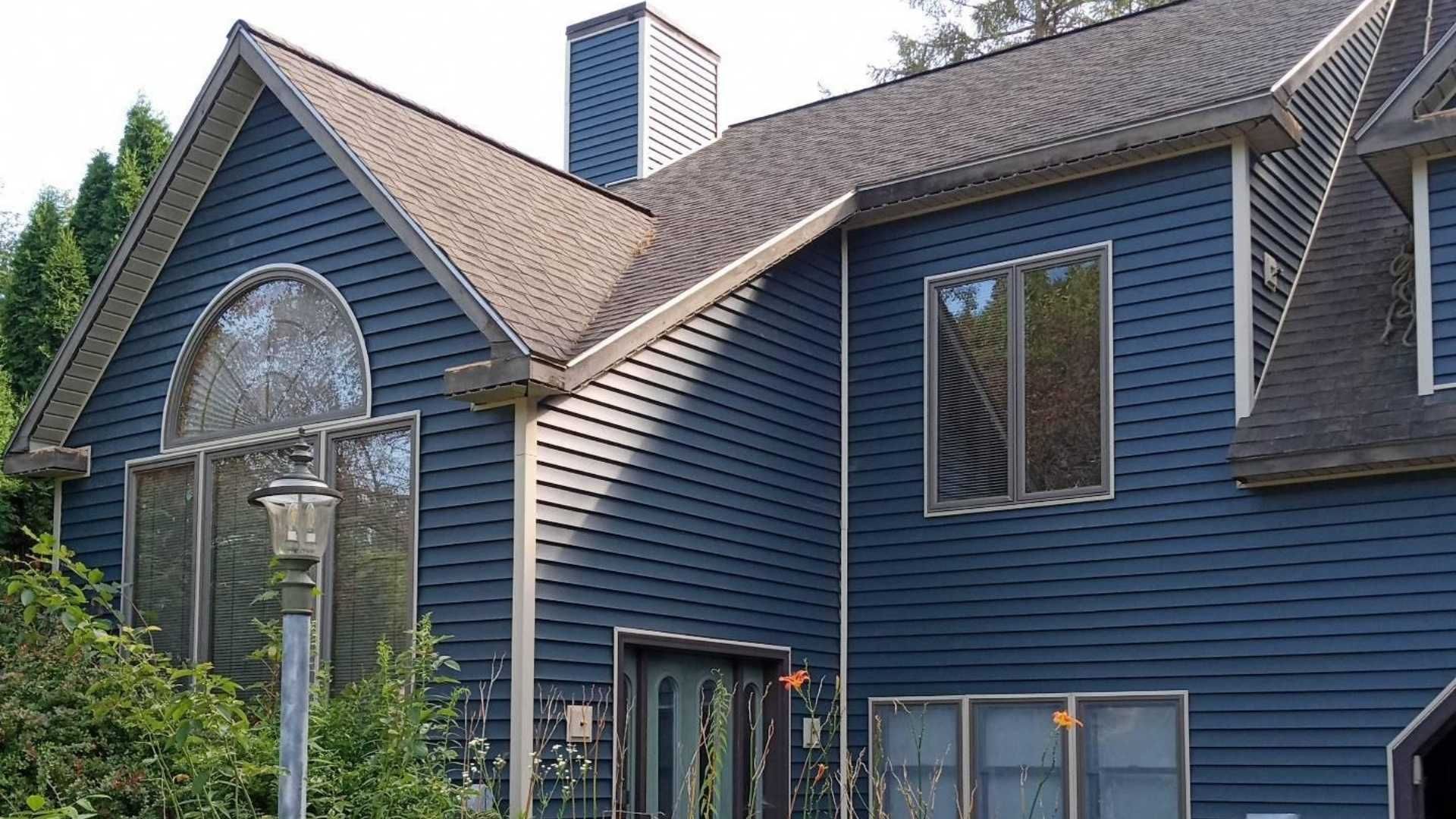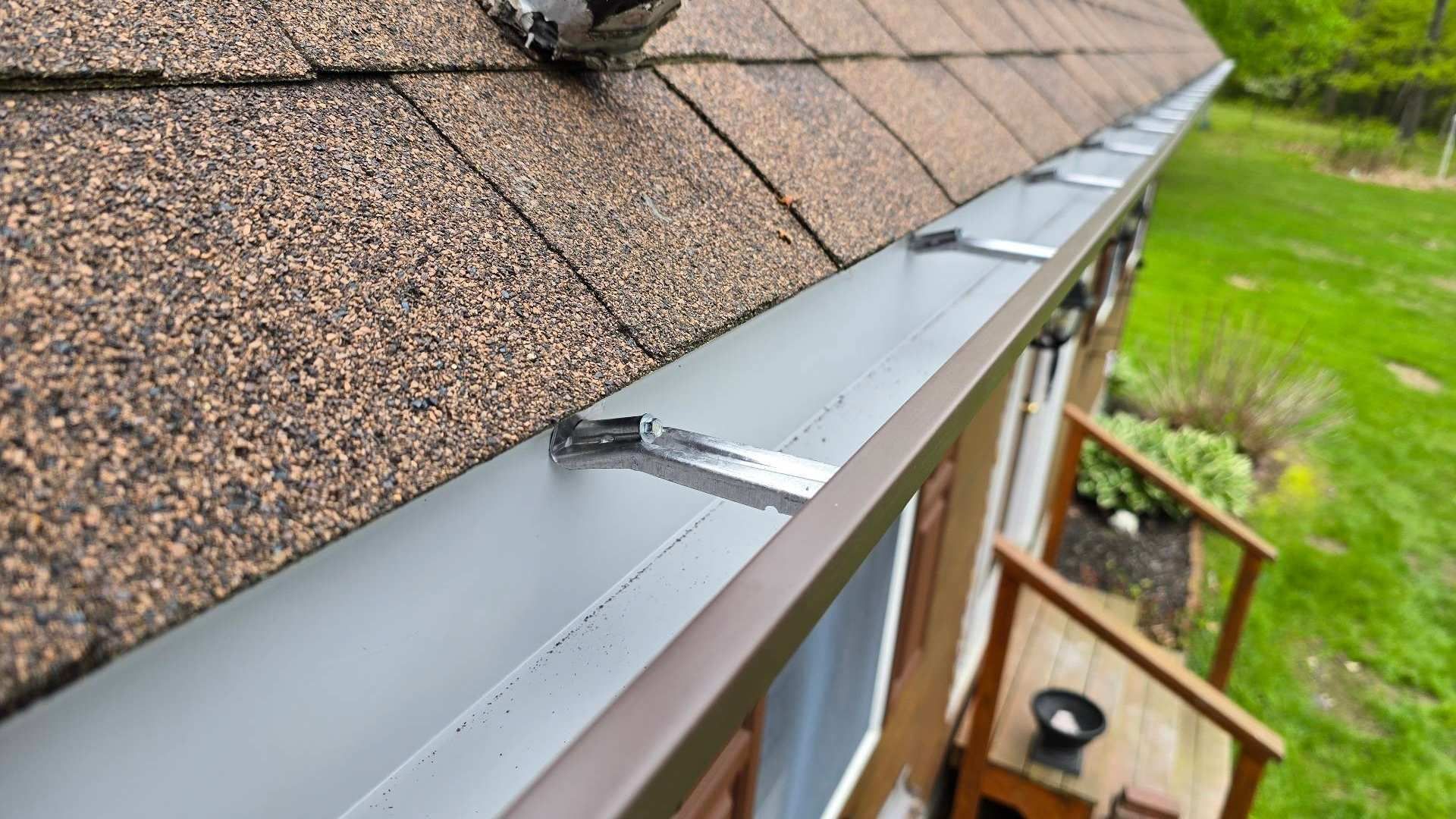FAQ
YOU HAVE QUESTIONS, WE HAVE ANSWERS!
When considering a roof replacement, roof repair, adding siding or seamless gutters, questions sometimes arise that require information from a specialist like our team at Smith Builders. Check out our frequently asked questions for each of our services. If you still have questions, give us a call. We are here to serve you!
Roofing FAQ

Siding FAQ

Gutters FAQ

FAQ Roofing
How do I know if I need a new roof?
If your roof is over 20 years old you should consider replacing it before you develop issues that come with an aged-out roof. If you see signs of aging (curling shingles, loss of granules, rotting or moss and algae stains), it is time to start thinking about replacing your current roof with a more modern product. Current roofing products can come with a warranty of up to 50 years and have a much higher algae resistance and wind susceptibility.
How much does a new roof cost?
Like anything, roof costs vary depending on the size of your roof and material required to complete your roof replacement. Roofs are measured & priced by what is called “A Square,” and this means 100 square feet and should include tearing off the existing shingles, evaluating existing decking, laying the new membrane, installing any necessary flashings followed by either asphalt shingles or metal, depending on your preference. The best way to find out what your roof replacement will cost and to understand material options is to contact us and schedule a free estimate appointment with one of our project managers.
How Long does a new roof take to install?
Most people think roof replacement is a week-long project, but it is actually rather fast. Some roofs take as little as 1-2 days to install depending on the complexity, unforeseen trouble issues that might arise and materials used
What is roof flashing, and why is it important?
Anywhere your roof has something protruding from it (like a chimney, vent, or wall) you need to have something to seal where the roof meets that vertically ascending feature. Roofing flashing is used to redirect and prevent water from penetrating your roof. This helps prevent roofing leaks and other issues water can cause. Usually made of galvanized steel, roof flashing can be used in valleys as well to help with preventing water damage.
Does my roof pitch matter?
It does. If your roof pitch is 3/12 or less (or currently has a rubberized membrane on it) you will need to contact a company that specializes in rubber roofing.
FAQ Siding
When should I consider replacing my siding?
If your siding is showing signs of wear and is requiring regular maintenance, it may be time for replacement. Loose or missing siding can cause damage to the underlying wood components of your home and can invite pests like termites, woodpeckers and small rodents that can cause extensive damage to the structure.
What are some signs that my siding is failing?
Fading color, buckling, cracking, sagging, blistering, warping and rot are all signs that your siding has reached its end-of-life. It also reduces the curb appeal and overall performance of the exterior envelope of your home.
Does failing siding show up inside of my home?
If you discover areas of moisture damage inside of your home, for example rot, mold or mildew, you should investigate the exterior of your home in that area to see if there is an issue with your siding failing.
How long does siding last?
Siding can have a wide array of lifespan expectancy. For instance, vinyl siding can last 20-25, however the lifespan can be extended with regular maintenance such as cleaning and regular inspections for any cracks or damage. Proper installation is essential to the overall performance of your siding.
FAQ Seamless Gutters
How do gutters protect my foundation?
The gutter system protects the foundation of your home and its walls. Gutters reduce the amount of water that gets into the base of your house. Without them, water can trickle down your home’s exterior and reach all the way into its foundations. This may result in major structural problems, which means many costly repairs.
How does rainwater runoff affect my walls?
The outside structure of your property can be damaged by rainwater running off of your roof and down the sides of your home. Gutters divert the water away from your home and make sure it doesn’t seep down causing damage to the siding. Without gutters the water can potentially enter through crevices and cracks in your siding causing leaks and rotting from the inside. By having a quality gutter system installed you will avoid expensive home repair costs.
What about preventing insect infestation?
The installation of gutters can help in reducing the risk of bugs and insects gathering around or getting inside your roof. They will usually be attracted to the pooling water that occurs on your roof when there is no gutter system to drain it. Once there, and without regular roof maintenance, pests can even gain access to the interior of your home. Installing gutters will eliminate ponding water on the roof, which also means no more unwanted bugs and insects.
How can gutters benefit the rest of my property?
Gutters finish off the look of your house and prevent the potential destruction of your yard and soil. Heavy rain can cause water to run down the sides of your home and can create puddles that collect dirt and debris which will float and spread all over your yard, even leading to landscape erosion. A proper drainage system will make sure water is adequately directed and prevent it from destroying your yard. It will also increase your home’s curb appeal along the way.

